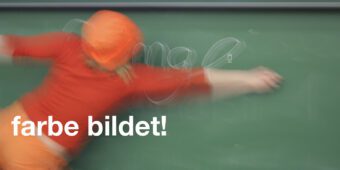The color and light structure stimulates our metabolism, which enables us to select the ingredients we need and prepares us for digestion. If the body needs specific ingredients such as vitamins, minerals, calories or proteins, we feel the corresponding signals as soon as we see the associated colors. In this way, the mere appearance of familiar food can stimulate the appetite, trigger addiction, create a feeling of satiety or even nausea. A striking color tone is often enough to trigger these effects. A problem for our natural ability to eat healthily always arises where advertising, packaging, product design, preparation or supply encourage consumption beyond the healthy level.
Our personal eating habits are represented in the smell and taste structure of our visual space. In relation to our knowledge, we can speak of a “color smell” or “color taste”. For this reason, the appearance of familiar products on an “empty stomach” noticeably stimulates our appetite, while unfamiliar ones often seem strange or even unappetizing. It doesn’t matter whether they come from your own or a foreign culture. What we do not taste cannot actually stimulate our appetite, as this associative effect only arises through the physical experience.
After anchoring our own bodily experiences in our memory, our body reactions are activated by the color and light effects of all surfaces and room atmospheres. We remain largely unaware of these effects, even though the consequences for our quality of life can be explained rationally. Our well-being can be traced back to the body’s biological warning system, which relieves us of the conscious decision to maintain or change our living conditions. Questioning our bodily reactions offers us a simple opportunity to create a healthy living environment.


